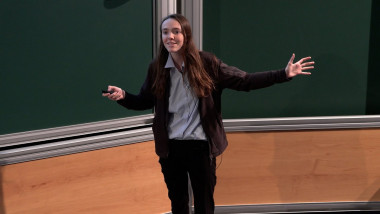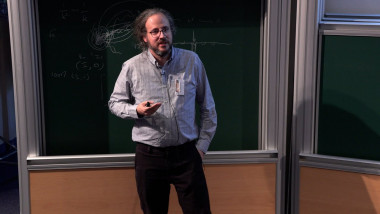Appears in collection : CEMRACS 2023: Scientific Machine Learning / CEMRACS 2023: Apprentissage automatique scientifique
Parametric PDEs arise in key applications ranging from parameter optimization, inverse state estimation, to uncertainty quantification. Accurately solving these tasks requires an efficient treatment of the resulting sets of parametric PDE solutions that are generated when parameters vary in a certain range. These solution sets are difficult to handle since their are embedded in infinite dimensional spaces, and present a complex structure. They need to be approximated with numerically efficient reduction techniques, usually called Model Order Reduction methods. The techniques need to be adapted both to the nature of the PDE, and to the given application task. In this course, we will give an overview of linear and nonlinear model order reduction methods when applied to forward and inverse problems. We will particularly emphasize on the role played by nonlinear approximation and geometrical PDE properties to address classical bottlenecks.
















